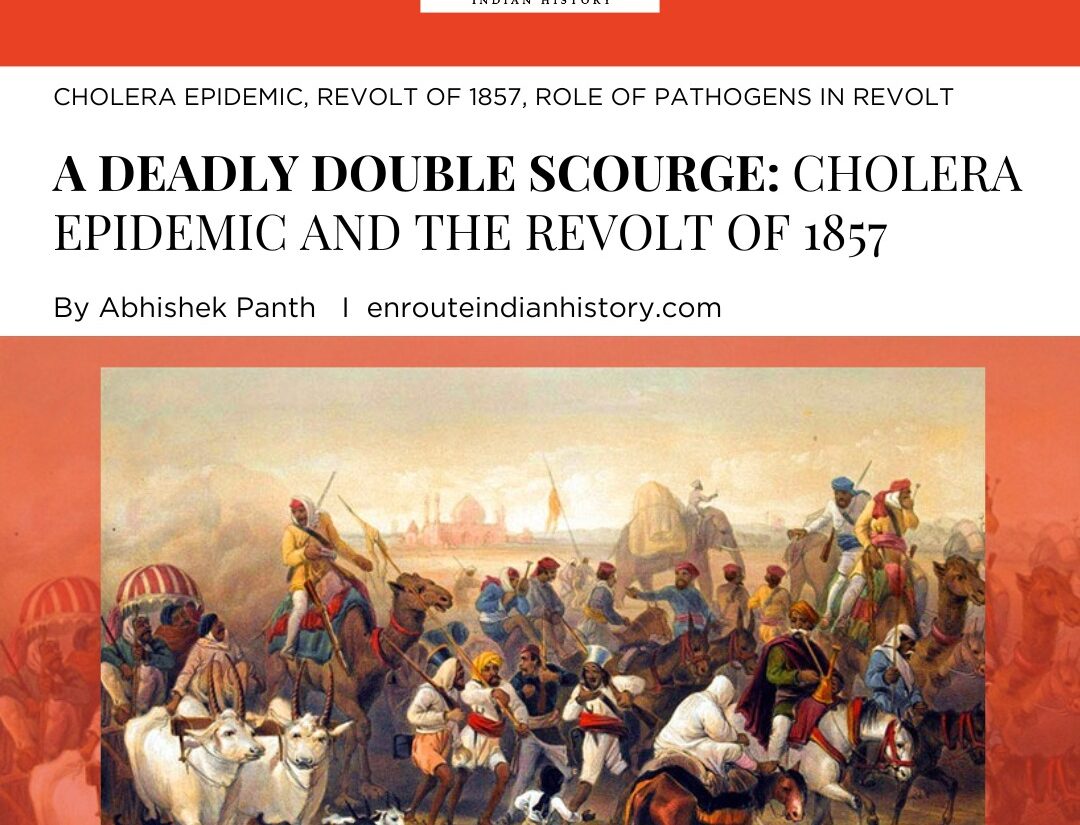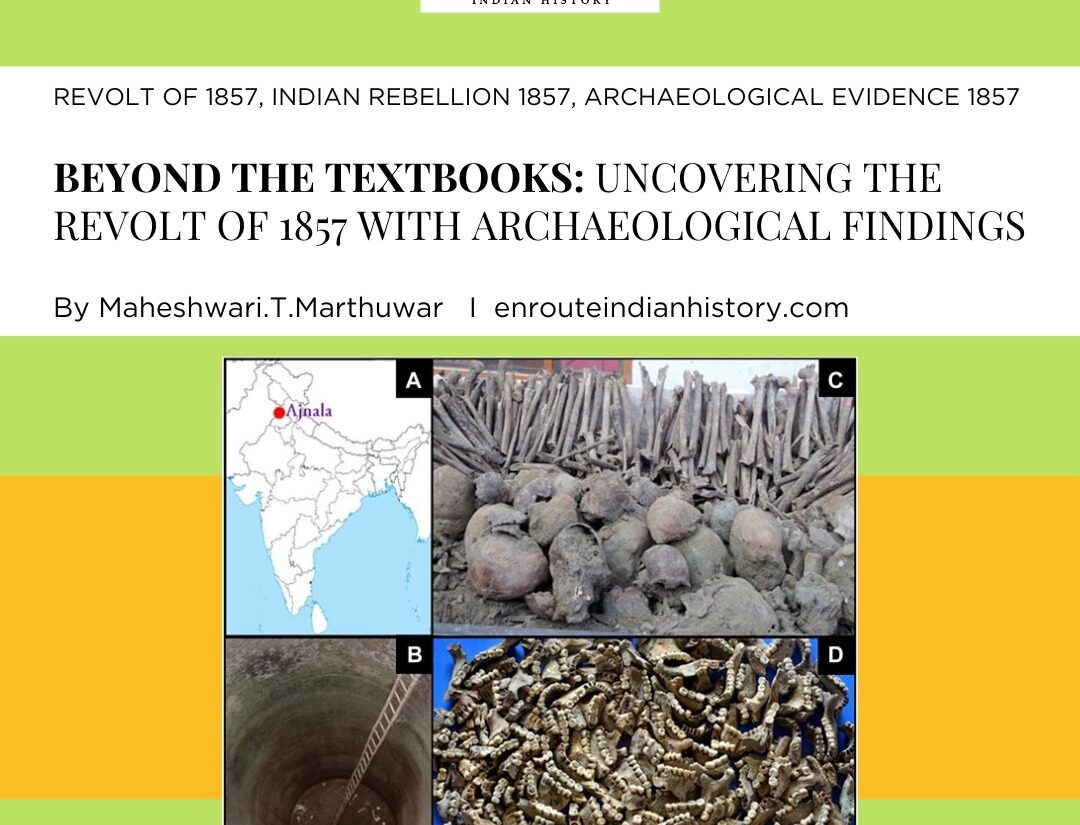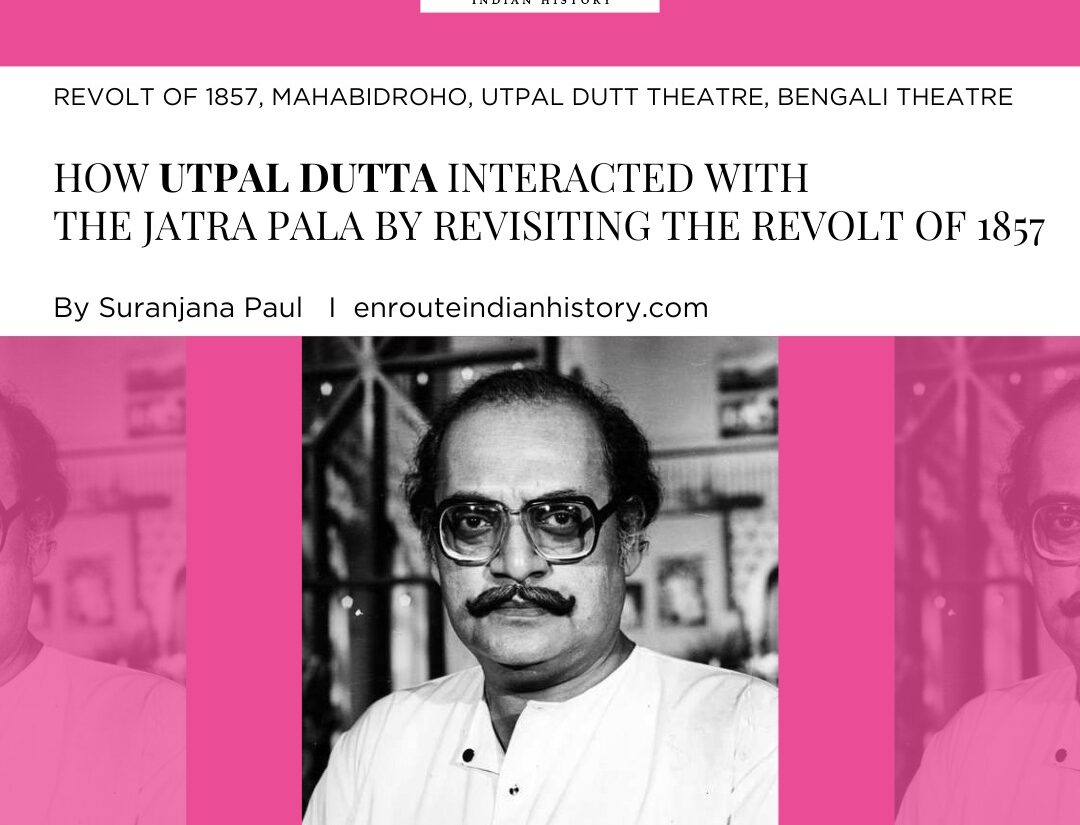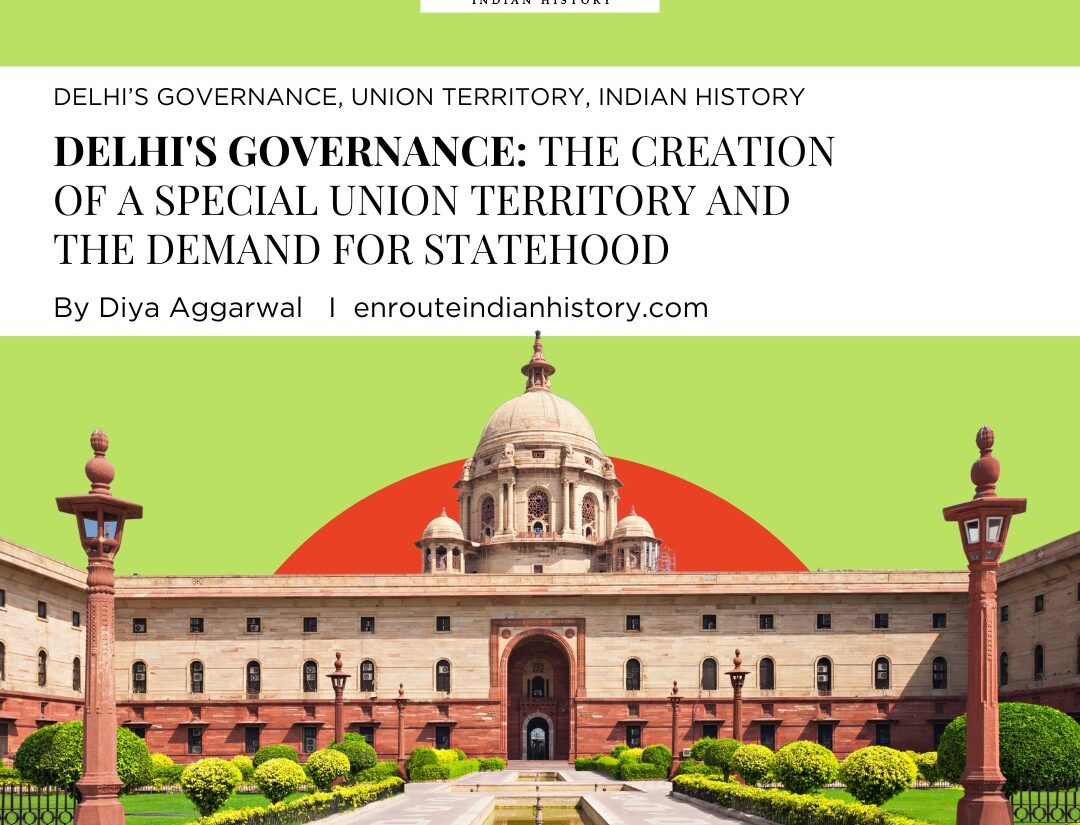
On the morning of 10th May 1857, Syed Narul Huda, a descendent of the eighth Shia Imam living in Delhi, shared a dream with his wife and daughter. Last night, he had seen a fearsome fire raining from the sky which was burning people and animals to death. He interpreted it as a warning related to a possible epidemic, terrifying rioting, or natural calamity. (Nizami) On the 11th, the army of Meerut rebels came to Delhi and sparked the revolt of 1857 or the ‘First War of Indian Independence’.
The revolt of 1857 was an end result of many complex and multifaceted factors. However, there were also microscopic organisms that played a determinantal role in turning the course of the rebellion. These pathogens not only delayed the siege and capture of important cities like Delhi and Lucknow, and wreaked havoc in the camps of the British army, killing some of the important army officials at the critical stage of the battles. It also played a long-term impact in the British policies of governing colonies in tropical zones like India, as it created health panic and anxieties about the tropical environment. The development of many hill stations was one end result of it.
On the other hand, the experience of the sporadic waves of epidemiological diseases like cholera, malaria, and smallpox during the aftermath of the rebellion in refugee camps and even many years after the rebellion created deep-seated anxiety and sorrow in the psyche of the Indians. This health panic and anxiety is well documented in the memorials and testimonies of both Europeans and Indians living in the troubled times of 1857. This essay discusses the impact of cholera in catalysing the revolt and the public health crisis that it created in post-revolt India, as recorded in memorials and testimonies of the 1857 Revolt.
Cholera: A Politico-military Threat
The colonial regime in the nineteenth century faced constant threats from recurrent waves of epidemiological diseases like cholera and malaria. Europeans living in India had not developed immunity and were prone to tropical diseases, making them vulnerable. David Arnold called cholera ‘a highly political disease’ creating a politico-military threat to the British colonial regime. (Arnold 159)
The large troop movements during British military campaigns often served as vectors for the spread of epidemics, impacting both soldiers and civilians. The large-scale movements of troops through north India from Bengal, cholera’s epicentre, in 1817-18 facilitated the epidemic invasion of the rest of India. From its first major outbreak in 1817, cholera kept up a sporadic guerrilla war against British military power in India for the next fifty years and army march and ‘invasion’ of cholera became a more casual analogy.
Between 1818 and 1857, 5719 European soldiers under the Bengal command died due to cholera, and a further 3,861 followed between 1858 and 1867, a large proportion of them in the epidemic of 1861. (Arnold 170)
There was a widespread belief that the British were responsible for the disruptive waves of epidemiological diseases, creating a health panic among the local population and adding to the reasons for locals being suspicious of the British authorities. Scholar Kim Wanger who argued for the role of fear and rumours in catalysing the revolt noted that anxiety and panic created by these diseases, especially by cholera, was prevalent during the early months of 1857 and came up in the form of the circulation of chapatis. (Wagner 61-77)
The circulation of chapatis from village to village originated as a superstition to deal with deadly epidemic diseases. However, it took a political turn and became one of the symbols of discontent and rebellion against the British government. Additionally, there were many variants of this chapati circulation, such as in the south of Delhi, where pieces of goat’s flesh were being distributed. (Wagner 65)

Catalysing the Revolt
Just a year before the revolt, a devastating outbreak of cholera occurred in many parts of India. The disease broke out in the Aligarh district on the 01st June, at Bulandshahr on the 09th, in Meerut on the 15th of July, and in the first week of August it reached Muzaffarnagar, Saharanpur, and Dehradun. In Meerut alone, 4581 deaths were recorded in 42 days. Total number of deaths in Meerut, Rohilkhand, and Ajmere alone was around 32,139. (Report on Cholera in the Meerut, Rohilcund, and Ajmere Division, in the Year of 1856 )
There was also evidence of a cholera outbreak in the Delhi region. The death of Mirza Fakhru, heir apparent of the Mughal dynasty and eldest son of the emperor Bahadur Shah Zafar, in July 1856, was the biggest blow of the cholera epidemic in Delhi.
A report published in the year 1857 on the cholera outbreak in Meerut, Rohilkhand and Ajmer divisions noted a significant difference in the losses between natives and European troops. (Report on Cholera in the Meerut, Rohilcund, and Ajmere Division, in the Year of 1856) This drew government attention to the health of soldiers, especially the health of the British troops. The measures taken by the government further strained the relations with Indians. Fearing the spread of the disease, the British implemented strict sanitation measures and quarantines, often seen as harsh and insensitive by the Sepoys. This distrust was exacerbated by prevailing British views on Indian hygiene. Many British officials blamed natives for the spread of cholera. Some officers even went further and blamed Hindu pilgrimages to sites on the Ganges for starting epidemics and the Muslim Hajj to Mecca for transporting cholera out of India. (Williams 03)
Already harbouring grievances against the discriminatory practices and cultural insensitivity of the British government, the outbreak of cholera added more to the discontent and fueled a sense of vulnerability.
In 1857, the remnants of the 1856 cholera were still in the air. In a correspondence to Colonel Smyth of 3rd Light Cavalry, Meerut, dated 28th April 1857, Colonel R.M. Curzon writes that ‘people are dying wholesale of cholera’ in Haridwar. (Chick v) In Delhi too there were fresh cases of cholera in April and May. (Wagner 263) Remembering the days just before the ghadar, an unnamed princess tells Khawaja Nizami about the passing of her stepmother and two brothers due to cholera just before the rebellion. (Nizami) It appears that cholera was not as rampant in Delhi as it was in some other regions. But all this changed as troops from Meerut appeared in Delhi. The movement of rebelled soldiers from all parts of India turned the city into a military camp. Witnessing the changes in the city, Ghalib writes in his diary: (Ghalib 36-37)
At the moment, inside and outside of Delhi, there is an encampment of approximately fifty thousand cavalry and infantry; and the British…control no ground except for a ridge at the western edge of the city… The soldiers have seized guns from the armoury, which they have set up on the ramparts of the city… The soldiers who have assembled from all parts of India leave their encampments when the sun is well above the horizon and go to fight the lion-hearted British. They return to their camps just before sunset.”
Such movement of soldiers in the city contributed dramatically to the spread of cholera disease.
Delaying in the Siege
The impact of cholera on the British forces during the 1857-58 rebellion was significant. The disease seriously hampered the British army and civilian camps, claiming more lives than actual combat. Out of 9,467 losses sustained by the British forces, only 586 soldiers were killed in action or died of their wounds, while the rest perished from cholera.(Arnold 65)
Many senior officers of the British army died at the critical stage of the campaign and sieges of 1857-58, seriously threatening the British plan. For example, General Anson, Commander-in-Chief of the British army, leading a reinforcement battalion to Delhi from Ambala, died of cholera on the 27th of May. His successor who was planning the recapturing of Delhi, Sir Henry Barnard also died of cholera on July 05th. (Griffiths 152)

Image 02: The Battle Guard Battery and Hospital. (Source: George F. Atkinson’s Campaign in India, 1857-58.)
The scourge of cholera was not limited to British troops but also affected their families, especially women and children, living in camps like Flagstaff Tower in Delhi Ridge, Lucknow, Allahabad and elsewhere. Lady Neill, wife of a British military officer, in her memoir notes many deaths due to cholera. On June 19th, she wrote in her diary that cholera and smallpox have been raging and there have been several deaths from it. (Neill 56)
The attack of cholera was severe during the summer months, with a decline in cases recorded around June, followed by a resurgence in July. Both Kieth Young in Delhi and Lady Neill in Lucknow recorded a fall in cases in their respective memoirs around June. (Neill 65) (Young 36) But as rains progressed, there was a new rise in the case of cholera and more British began to die. The daily deaths from cholera and the stink of decaying bodies and animals on the Ridge were attacking the spirits of soldiers. Padre Rotton, whose daily duty was to make a regular visit to the two cholera wards of the camp hospitals, wrote in his memoir: (Rotton 136)
It requires strong nerves to withstand the sickening sight of these two infirmaries… So general was this mortal sickness in these hospitals, that at last I could only hope to discharge my duty by taking up a central position, with a chair for a hassock to kneel on in prayer, and make a general supplication for all the patients.
It was only around September that the devastation of cholera declined and British troops were able to recapture the cities from rebels. Lady Neill on Sep. 19th wrote: (Neill 114)
With this exception yesterday was a white day in the siege—no funerals, and no admissions into hospital. The season is extraordinarily healthy for the time of year; there seems to be a special Providence guarding us from the usual sickness prevailing this month. Dr. Fayrer says, in his seven years’ experience of India, he has never known so healthy a September.
Finally, the siege of Delhi ended on September 20th, with the Mughal emperor surrendering the following day. In Lucknow, British forces successfully tackled the rebels in November 1857 after a 61-day-long siege.
Aftermath of the Rebellion and Memories of Cholera
The British army regained control, and the wrath of victorious colonizers fell on the natives. Along with this, a cholera outbreak added to the misery of the Indians and it was a double scourge for them. An officer of the 60th regiment of N.I., stationed at Ambala wrote on the 15th of July: (Carter and Harlow 466)
We have had that terrible scourge the cholera. It has been raging here with frightful violence for two months; but, thank God, has now left us without harming the ‘sahibs.’ It seemed a judgment on the natives. They were reeling about and falling dead in the streets, and no one to remove them. Now it is all over. It is the only time we have looked on it as an ‘ally,’ though it has carried of many soldiers, two native officers, and six policemen, who were guarding prisoners.
Now turned into an ‘ally’ to the British force, cholera simply made the lives of Indians living in refuge more miserable.
Cholera, which was previously a scourge, became an ‘ally’ to the British force, making the lives of Indians even more miserable. In Delhi, as plundering took place, many sought refuge outside the city. Hordes of men and women, commoners and noblemen, poured out and took shelter in small communities and tombs outside the city. Princess Sultana Bano, daughter of Mirza Quwaish Bahadur, narrating the events of ghadar to Khawaja Hasan Nizami, who collected the testimonies of the survivors of the 1857 revolt and published it in his Begumat ke Aansoo in1922, said: (Nizami)
Somehow, we stumbled through the streets to reach the dargah of Hazarat Nizamuddin Auliya, where our family had taken refuge along with thousands of people from Delhi. Everyone was caught up in their own troubles and fears. No one spoke to the other or enquired after their health… When a wave of disease spread in the wake of the ghadar, I was left all alone. Though peace eventually returned to Delhi, there was no peace for me.
It was this feeling of ‘no peace’ and the deaths of one’s relatives and family members in the wake of revolt and cholera that reserved in the memory of the people who experienced the troubled times of 1857, and haunt them for the rest of their lives. It leaves a deep scar in their psyche which opens again and again with fresh waves of epidemics in future.
Both cholera and the revolt of 1857 left a long-term impact on British policies in governing India. Betrayed by native soldiers during the revolt, the government deployed more British troops and a force of between 55,000 and 70,000 soldiers of the British Army for the rest of the century. This was the largest European force stationed anywhere in the tropical world, and it amounted to roughly a quarter of the entire British Army. (Arnold 64) To reduce the health panic created by the epidemic of 1857, British authorities developed hill stations like Panchmadi and Shillong, to deal with the hostile temperature of the tropical world. Concerned about the health of British soldiers in India, a royal commission was set up for the Sanitary State of the Army.

Image: 03. Cholera vaccination of the Third Gurkhas in India at the time of the 1893 epidemic. (Source: https://thewire.in/history/colonial-era-epidemics-india)
In Delhi, widespread demolition and construction to make the city more favourable to a better military government had led to neglect of municipal infrastructure, contamination of potable water, and sanitary conditions causing the Great Cholera Epidemic of 1861. Witnessing a fresh outbreak, sixty-four-year-old Gahlib, living his last years, wrote that Delhi had been ravaged by five successive invading armies—that of the rebels when the Revolt began, that of the British when they recaptured the city, that of famine, that of cholera, and, last but not least, that of the fever epidemic which showed no signs of abating. (Varma) It was probably during one such calamity Ghalib might have written:
rahiye ab aisī jagah chal kar jahāñ koī na ho
ham-suḳhan koī na ho aur ham-zabāñ koī na ho
(Let’s go and live in such a place where there will be no one
No one there to share thoughts, no one for one’s company)
paḌiye gar bīmār to koī na ho tīmārdār
aur agar mar jā.iye to nauha-ḳhvāñ koī na ho
(If one were fall ill, no one there for care
And if one were to die, no one to weep for thee) (Ghalib)
Works Cited
Arnold, David. Colonizing the Body: State Medicine and Epidemic Disease in Nineteenth-Century India. University of California Press, 1993.
Carter, Mia, and Barbara Harlow, editors. Archives of Empire: Volume I. From The East India Company to the Suez Canal. vol. 01, Landon, Duke University Press, 2003.
Chick, Noha A. Annals of the Indian Rebellion… Containing Narratives of the Outbreaks and Eventful Occurrences, and Stories of Personal Adventure, during the Mutiny of 1857-58. Calcutta, Cones & Co.,, 1858.
Ghalib, Mirza. “rahiye ab aisi jagah chal kar jahan koi na ho – Ghazal.” Rekhta, https://www.rekhta.org/ghazals/rahiye-ab-aisii-jagah-chal-kar-jahaan-koii-na-ho-mirza-ghalib-ghazals. Accessed 27 May 2024.
Ghalib, Mirza Asadullah Khan. Dastanbuy: A Diary of the Indian Revolt of 1857. Translated by Khwaja Ahmad Faruqi, New Delhi, Asia Publishing House, 1970.
Griffiths, Charles John. History of The Siege of Delhi: Mutiny Memoirs of an Officer of Delhi Field Force. Edinburgh, Adam & Charles Black, 1861.
Neill, Lady. A Lady’s Diary of Siege of Lucknow. Landon, John Murray, 1858.
Nizami, Khwaja Hasan. Tears of the Begums: Stories of Survivors of the Uprising of 1857. Translated by Rana Safvi, Hachette India, 2022.
Report on Cholera in the Meerut, Rohilcund, and Ajmere Division, in the Year of 1856. Agra, The Secundra Orphan Press, 1857.
Rotton, John Edward W. The Chaplain’s Narrative of the Siege of Delhi: From the Outbreak at Meerut to the Capture of Delhi. London, Smith, Elder And Co.,, 1858.
Varma, Pavan K. Ghalib: The Man, The Times. New Delhi, Penguin Books Limited, 2000.
Wagner, Kim A. The Great Fear of 1857: Rumours, Conspiracies and the Making of the Indian Uprising. Peter Lang, 2010.
Williams, J’Nese. “Public Health, Authority, and the Colonial State: Cholera in India.” Harvard Library Bulletin, pp. 01-10, https://nrs.harvard.edu/URN-3:HUL.INSTREPOS:37368752.
Young, Keith. Delhi-1857: The Siege Assault, And Capture as Given in the Diary and Correspondence of the Late Colonel Keith Young, C.B., Judge-Advocate General, Bengal. Edited by Sir Henry Wylie Norman and Mrs. Keith Young, London, W. & R. Chambers, Limited, 1902.
- May 29, 2024
- 8 Min Read






















